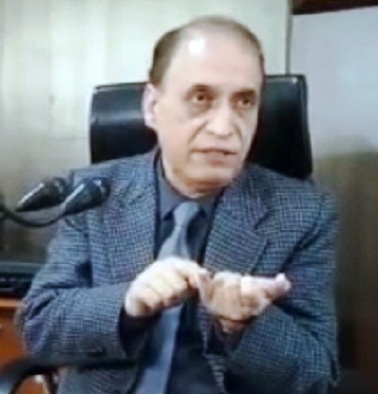by Lateef U Zaman Deva
Charge the occupants with the cost of land based on a 100 per cent increase on the stamp duty rates provided the proposed use comports with the land use under the master Plan, land use.
At the outset, the long overdue sustained drive for retrieval of illegally occupied state and community-oriented Shamilat lands is welcome and gratifying. In the event of its fruition, the campaign in rural areas would pave the way for not only revival but also the sustainable rejuvenation of agro-based enterprises in the pristine ecosystem.
While all sections of Society have exhibited their disinclination in joining status quoists for throwing a spanner in the endeavours of the government in this behalf, the following types of cases need the attention of the authorities in order to prevent the momentum of the campaign from getting derailed:
Before independence and thereafter, the peasantry and small farmers in cultivating possession or occupation of state land were granted tenancy rights followed by ownership rights more particularly under LB-6 and 7 of 1958 and S-432 of 1966. However, the actual beneficiaries of these initiatives were mostly from the affluent classes, bureaucrats, politicians and those having access to the corridors of governing bodies.
The purposes visualised transfer of land to downtrodden and toiling masses actually cultivating the state land but due to the menace of corruption and poverty of the prospective beneficiaries they have not been conferred with rights under relevant orders.
It is in this background that the land under their cultivating possession continues to be recorded as state land and are now being served with notices for surrendering the possession notwithstanding the fact that irrespective of attestation of the mutations or otherwise in their favour the rights have accrued in their favour which cannot be, after 65 years, aborted at this stage.
The government should Institute inquiry for finding out how people on the basis of their socio-economic status in the concerned societies and the naked fact that they have never cultivated the land themselves including their families for generations and yet conferred with the benefits of the government orders ibid, particularly in cases where the beneficiaries were not born on the cut of date or still infants and residing far away from the land usurped under the subterfuge of these orders.
The community lands brought under plantation need not be denuded but, having vested in PRIs and Urban local bodies, handed over to them with conditions for not changing the status of land except under orders of the government in individual cases on the basis of a scheme to be notified by the government, or on a valve to valve basis exchanges allowed with the proprietary land of the illegal occupants contiguous with the community lands.
Houseless and landless families in possession of state land not exceeding 02 kanals were entitled to retain the land for residential purposes under Jammu and Kashmir Agrarian Reforms Act. Similarly, the occupants of state or kahcharia land, used for raising a plantation or an orchard, got an option for offering equivalent proprietary land in exchange for protecting the plantations. Wherever the legal course has been followed under the Act of 1976, the JCB should not be pressed into service.
Under Common Lands (Regulations) Act the state and Shamilat land brought under its purview by extending the Abadi Deh for allotment of 05 Marla plots to landless and homeless families, the non-updation of records should not lead to declaring the allottees as illegal occupants.
The kahcharia within the territories of municipalities has ceased to be so in view of the application of urban land laws and virtual extinction of cattle rearing as a result of the change of professions by the inhabitants of new areas included in respective municipalities. Since before the earmarking of land as kahcharia the said land was actually state land and therefore owing to the factum of its non-use for grazing purposes it reverts back to the state who, after determining its use, if any, by the state, charge the occupants with the cost of land based on 100 per cent increase on the stamp duty rates provided the proposed use comports with the land use under the master Plan, land use.
Street vendors markets have come up in metropolitan and other cities under the orders of the Apex courts for the rehabilitation of unauthorised street vendors and therefore on the strength of the same rationale the rehabilitation of the existing vendors is called for, those who are currently fearing demolitions and seizer of the properties

The instruments of the State, wherever holding any immovable property as custodians under any law for the time being in force and the same suffering from encroachments, should be provided paraphernalia and wherewithal for retrieval of their properties and in fact, like state and Shamilat Dafa 05 the Dy Commissioners should include Dharmat, Wakaf and evacuees land also in the campaign underway in Jammu and Kashmir for retrieval of the immovable properties under unauthorised occupation.
(The author is the former Chairman Jammu and Kashmir Public Service Commission. The opinions expressed in this article are those of the author and do not purport to reflect the opinions or views of Kashmir Life.)















